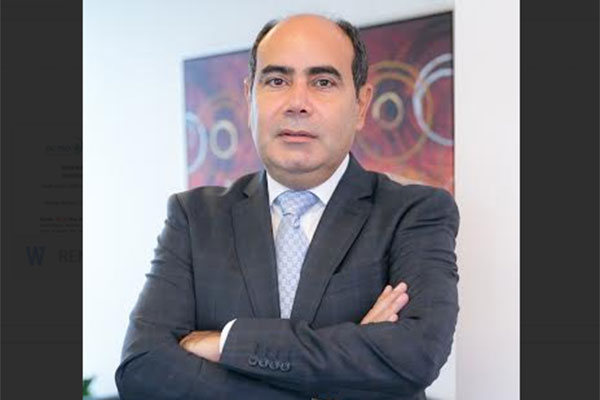
Saudi targets 9.5GW of green energy by 2022
RIYADH, May 15, 2016
Saudi Arabia has set renewable electricity targets of creating 9.5 gigawatts (GW) by 2022 and 54 GW by 2040, in order to meet plans outlined in the recently announced Saudi Vision 2030, an industry expert said.
Renewable energy targets will only be met if Saudi policy-makers and business leaders understand the ‘vital’ importance of embracing Tri-Generation technologies for power generation, cooling and energy efficiency, added George Berbari, CEO of UAE-based DC Pro Engineering - a global leader in District Energy, Co-generation, Tri-generation and sustainability in Green Building MEP Designs.
“The Saudi government has been rightly commended for outlining the country’s non-oil dependent future in the Saudi Vision 2030 - a far-reaching reform plan which aims to create a viable, diversified and sustainable national economy,” said Berbari, speaking at the second District Cooling and Tri-Generation Summit in Riyadh, Saudi Arabia.
“At present, the regional energy sector faces many challenges including low efficiency, soaring growth rates and over-dependence on government subsidies. Amid these challenges, Saudi’s renewable energy targets are eminently achievable; even more so if decision-makers embrace the next generation of efficient technologies such as Tri-Generation District Cooling for future projects.
“Equally important as embracing new technologies is seeing them through. There are numerous renewable energy schemes across the region that have stalled, so it will be important to see early and tangible progress to increase confidence in Saudi meeting its renewable targets,” added Berbari.
GCC states have utilised district cooling and co-generation technologies for over a decade and Saudi is among the many regional and international nations exploring and developing tri-generation solutions for increased power generation, cooling and efficiency.
Across Asia, Europe and North America, Tri-Generation installations have a proven track record for efficiency and power saving, with some countries already fulfilling between 30-50 per cent of their national power generation needs with combined heat and power (CHP) plants.
“Chilled water and hot water stratified thermal storage is the world’s most viable storage technology,” said Berbari. “This solution reduces construction costs by more than 10 per cent and improves operating efficiency by more than fifteen per cent.”
“Penetration has grown marginally with the total installed and under construction capacity of plants due to reach 2,400,000 tonnes by 2016. It is projected that District Cooling penetration will reach 15 per cent by 2030,” he added.
Berbari concluded his presentation by suggesting several urgent changes that will increase the adoption of renewable energy technologies to help meet the Saudi Vision 2030 targets.
“We need to a series of alterations – some obvious, some radical - to make District Cooling technology more appealing to construction firms and developers,” he said.
“We need to change electric slab tariffs from penalising district cooling to favouring it; introduce regulations that force District Cooling providers to adopt 20 per cent of their energy from renewables such as on-site or remote solar PV, Deep Geothermal, Bio Fuels and Bio Mass; or even nationalise the District Cooling distribution network and expand it to have a national grid with equal access to all service providers.” – TradeArabia News Service







